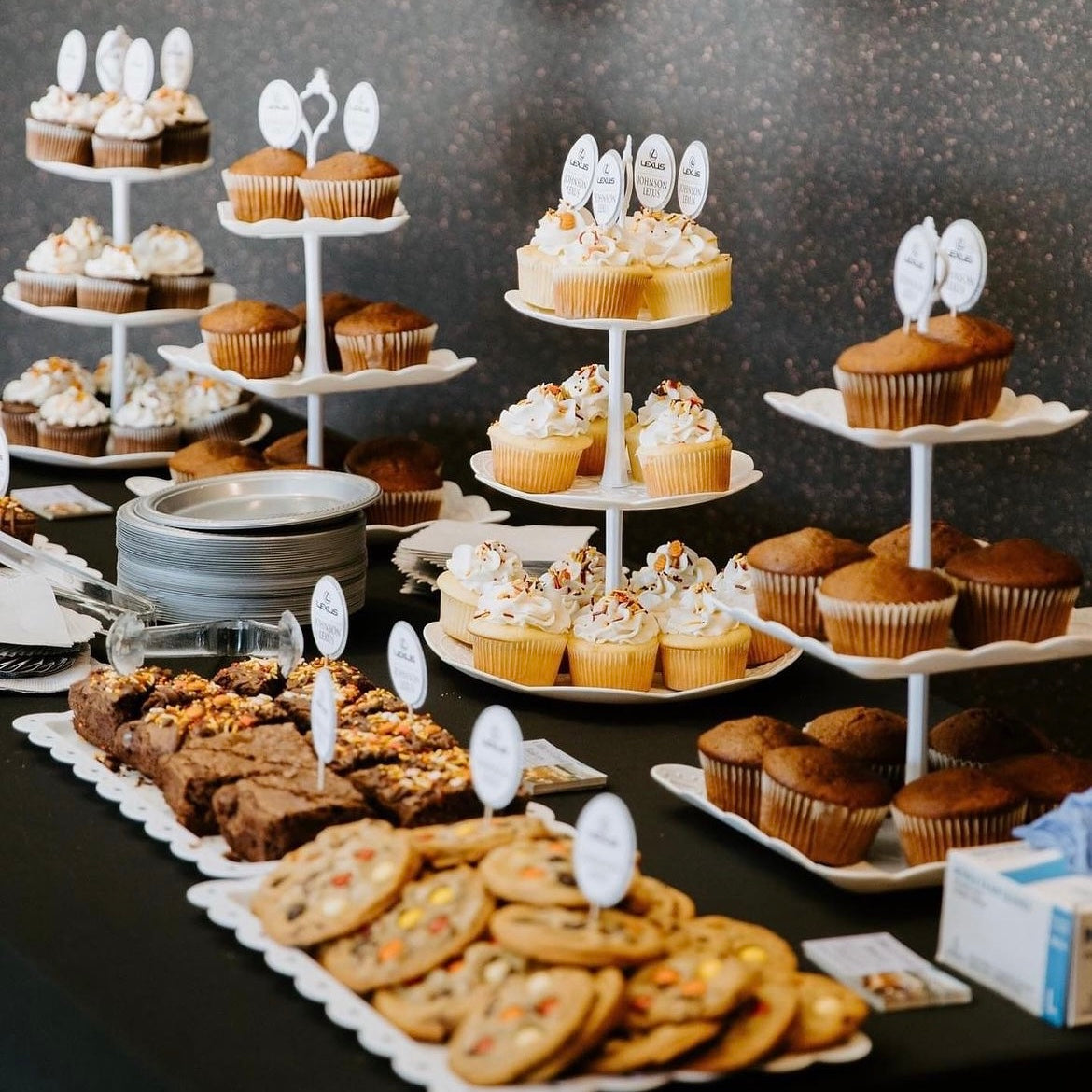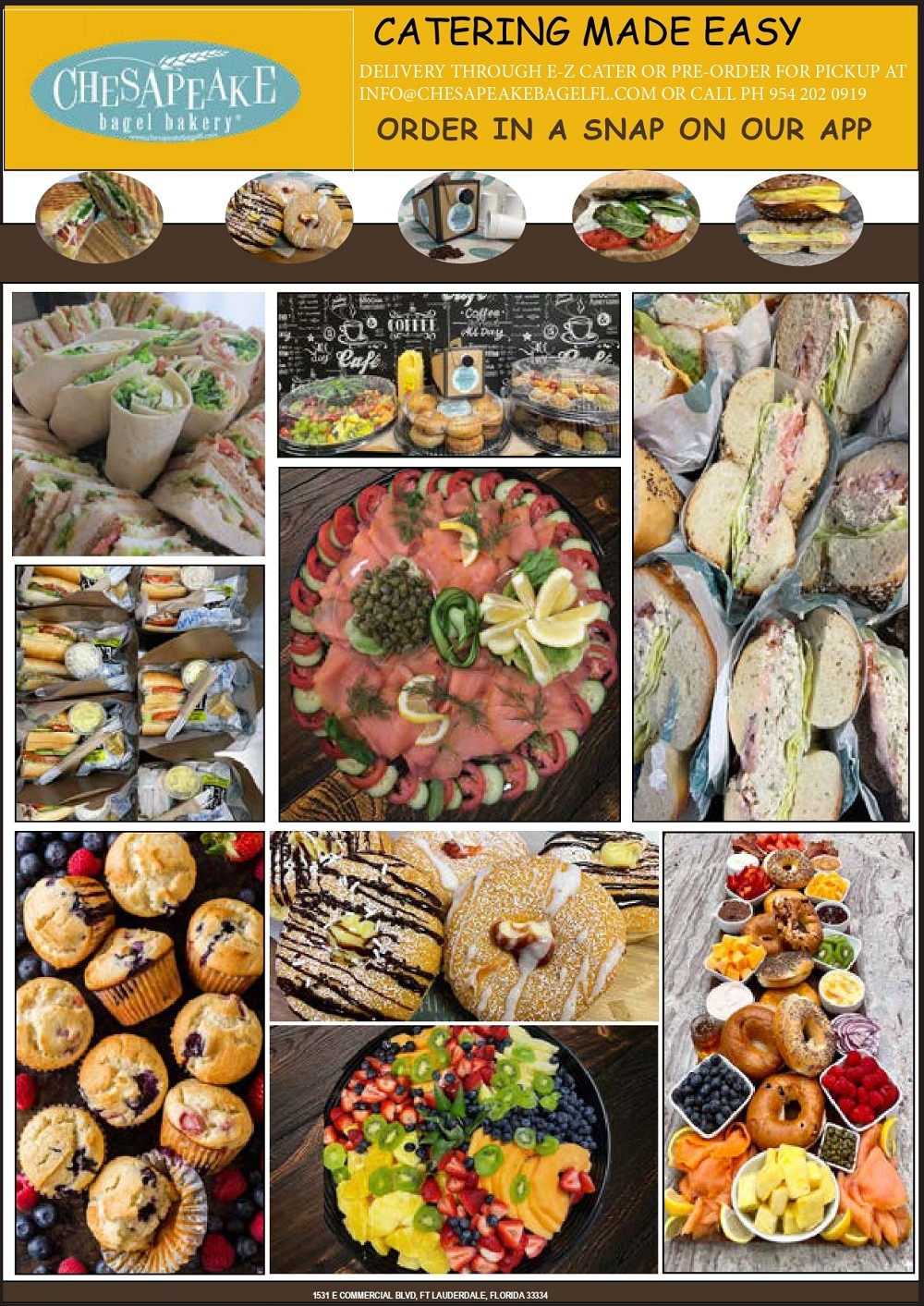Exactly how to Select the most effective Catering Maddington for Your Demands
Exactly how to Select the most effective Catering Maddington for Your Demands
Blog Article
Comprehending the Art of Pastry Shop Products: From Freshly Baked Breads to Tempting Pastries and Finger Foods
The intricate art of bakery products encompasses a range of methods and components that change basic parts into culinary delights. From the science behind the excellent loaf of bread, where fermentation and gluten growth play critical duties, to the skill required for creating layered pastries, each element exposes an engaging story of workmanship. Additionally, the adaptability of finger foods shows just how taste and appearance can be skillfully incorporated to involve varied preference choices. As we check out these aspects, one might question: what underlying principles regulate the success of these beloved creations?
The Scientific Research of Bread Making
At the heart of every loaf of bread lies an interesting interaction of chemistry and biology. The process of bread making starts with the combination of flour, salt, yeast, and water-- each component playing a critical role in the last item.
Yeast, a living organism, ferments the sugars existing in the flour, generating carbon dioxide and alcohol while doing so. The co2 gas creates bubbles in the dough, triggering it to climb and develop a light structure. The temperature level and moisture during fermentation considerably affect yeast task and, consequently, the bread's flavor and structure.

Mastering Pastry Techniques
Exactly how can one achieve the fragile balance of structure and flavor that specifies remarkable bread? Grasping bread techniques calls for a deep understanding of ingredients, approaches, and the science behind them. Essential to this craft is the selection of high-grade ingredients-- flour, butter, sugar, and eggs-- each playing a critical function in the last product's flavor and appearance.
The technique of lamination, which includes folding layers of dough and butter, creates the preferred flakiness in breads like croissants and smoke pastry. Accuracy in temperature level is important, as butter needs to remain chilly to make certain optimal layers. Likewise, correct mixing methods, such as the creaming method for cakes, make certain even consolidation of air and fat, causing a light and ventilated crumb.
In addition, maintaining the best moisture degrees throughout cooking can significantly affect the result, making sure that breads climb correctly and achieve that golden-brown finish. The art of pastry also demands patience and practice; each effort boosts one's ability and understanding of the detailed equilibrium called for to develop alluring breads that delight the senses. Mastery in these techniques ultimately identifies an experienced pastry chef from an amateur.
Types of Finger Foods
The globe of cooking thrills prolongs beyond pastries to encompass a wide range of finger foods, which are celebrated for their benefit and flexibility. These bite-sized treats are ideal for celebrations, providing a range of flavors and appearances that satisfy diverse tastes.

On the sweeter side, bite-sized cupcakes and tiny tarts supply a delightful Go Here surface to any type of dish, interesting those with a pleasant tooth. Furthermore, cheese and charcuterie boards act as an advanced option, permitting visitors to tailor their attacks with an assortment of meats, nuts, fruits, and cheeses.
Flavor Profiles in Baking
Baking is an intricate dance of taste accounts that incorporates pleasant, full-flavored, and umami notes to develop an unified experience for the taste buds. Comprehending these profiles is important for bakers seeking to boost their productions.
Components such as his response chocolate and sugar introduce intricate wonderful notes that can either control or match various other tastes. Ingredients like natural herbs, spices, and cheeses can transform a straightforward dough into a complex flavor experience.
Umami, regularly overlooked in cooking, plays a significant original site function in enriching flavors. Active ingredients such as aged cheeses, fermented products, and even particular nuts contribute to a full-flavored depth that boosts overall taste.
In addition, the interplay of level of acidity from active ingredients like buttermilk or citrus zest can lighten up tastes, offering a rejuvenating counterpoint to sweet taste. By thoughtfully integrating these taste accounts, bakers can craft products that reverberate with varied tastes, creating a remarkable culinary experience. Eventually, understanding taste profiles is crucial to innovation on the planet of cooking.
Essential Baking Equipments and Active Ingredients
Comprehending flavor profiles in cooking collections the stage for selecting the right tools and active ingredients that promote the production of phenomenal baked items. A trustworthy set of baking frying pans-- such as sheet frying pans, loaf pans, and cake pans-- is critical for attaining preferred shapes and textures.
Flour offers as the backbone of the majority of recipes; picking the ideal kind-- be it bread, bread, or all-purpose flour-- can significantly influence the outcome. Cooking powder and baking soda are essential for producing lift in pastries and cakes.
In addition, incorporating taste boosters like vanilla essence, seasonings, and citrus zest can raise your creations. By making sure accessibility to these essential devices and ingredients, bakers can confidently start their culinary journey, crafting a varied array of wonderful baked items.
Conclusion
Proficiency in bread production, pastry preparation, and finger food presentation reveals the intricate partnerships in between components and processes. Bakery Catering Maddington. Exploring varied taste profiles enriches the baking experience, while crucial devices and components supply the structure for success.
Exactly how can one achieve the delicate equilibrium of structure and flavor that defines outstanding pastry? Fundamental to this craft is the option of high-grade components-- flour, butter, sugar, and eggs-- each playing an important role in the last item's flavor and appearance.

Comprehending taste accounts in cooking collections the phase for picking the right devices and ingredients that help with the development of outstanding baked items. Discovering varied taste accounts improves the baking experience, while essential tools and ingredients provide the foundation for success.
Report this page